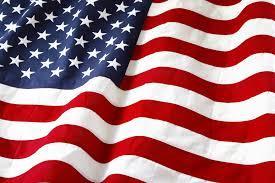Social Studies
Historical and Social Sciences Analysis Skills The intellectual skills noted below are to be learned through, and applied to the content standards for kindergarten through grade five. They are to be assessed only in conjunction with the content standards in kindergarten through grade five. In addition to the standards for kindergarten through grade five, students demonstrate the following intellectual, reasoning, reflection, and research skills:
Chronological and Spatial Thinking
- Students place key events and people of the historical era they are studying in a chronological sequence and within a spatial context; they interpret timelines.
- Students correctly apply terms related to time, including past, present, future, decade, century, and generation.
- Students explain how the present is connected to the past, identifying both similarities and differences between the two, and how some things change over time and some things stay the same.
- Students use map and globe skills to determine the absolute locations of places and interpret information available through a map’s or globe’s legend, scale, and symbolic representations.
- Students judge the significance of the relative location of a place (e.g., proximity to a harbor, on trade routes) and analyze how relative advantages or disadvantages can change over time.
Research, Evidence, and Point of View
- Students differentiate between primary and secondary sources.
- Students pose relevant questions about events they encounter in historical documents, eyewitness accounts, oral histories, letters, diaries, artifacts, photographs, maps, artworks, and architecture.
- Students distinguish fact from fiction by comparing documentary sources on historical figures and events with fictionalized characters and events.
Historical Interpretation
- Students summarize the key events of the era they are studying and explain the historical contexts of those events. 2. Students identify the human and physical characteristics of the places they are studying and explain how those features form the unique character of those places.
- Students identify and interpret the multiple causes and effects of historical events.
- Students conduct cost-benefit analyses of historical and current events.
